detail profile yuhui choe

Info Pribadi
Peran Yang Di Mainkan Yuhui Choe
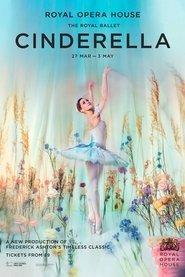 Royal Ballet Founder Choreographer Frederick Ashtons...
Royal Ballet Founder Choreographer Frederick Ashtons...The Royal Ballet: Cinderella 2023
Royal Ballet Founder Choreographer Frederick Ashton’s Cinderella celebrates its 75th anniversary this Season. The ballet’s opening night in 1948, featuring Moira Shearer and Michael Somes in the lead roles, was received rapturously. After over a decade away from the Royal Opera House stage, Ashton’s timeless reworking of Charles Perrault’s famous rags-to-riches story returns, showcasing the choreographer’s deft musicality and the beauty of Prokofiev’s transcendent score. A creative team steeped in the magic of theatre, film, dance and opera brings new atmosphere to Cinderella’s ethereal world of fairy godmothers and pumpkin carriages, handsome princes and finding true love.
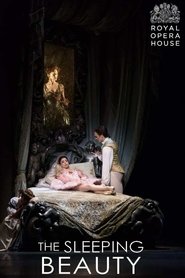 The wicked fairy Carabosse is furious...
The wicked fairy Carabosse is furious...The Sleeping Beauty (Royal Ballet) 2020
The wicked fairy Carabosse is furious she wasn’t invited to Princess Aurora’s christening. She gives the baby a spindle, saying that one day the Princess will prick her finger on it and die. The Lilac Fairy makes her own christening gift a softening of Carabosse’s curse: Aurora will not die, but will fall into a deep sleep, which only a prince’s kiss will break. The masterful 19th-century choreography of Marius Petipa is combined with sections created for The Royal Ballet by Frederick Ashton, Anthony Dowell and Christopher Wheeldon. Recorded live as part of the Royal Opera House Live Cinema Season 2019/20 with encore screenings broadcast online during the #OurHousetoYourHouse programme.
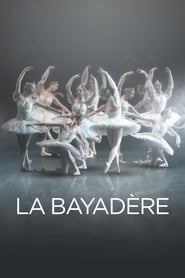 Set in the Royal India of...
Set in the Royal India of...La Bayadère (Royal Ballet) 2018
Set in the Royal India of the past, La Bayadère is a story of eternal love, mystery, fate, vengeance, and justice. The ballet relates the drama of a temple dancer (bayadère), Nikiya, who is loved by Solor, a noble warrior. She is also loved by the High Brahmin, but does not love him in return, as she does Solor.
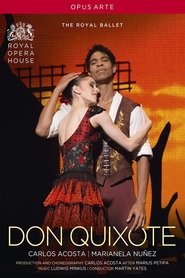 Carlos Acostas first venture directing one...
Carlos Acostas first venture directing one...Don Quixote (The Royal Ballet) 2014
Carlos Acosta's first venture directing one of ballet's 19th century classics was eagerly anticipated, as was his own starring role in the production (as Basilio), opposite the Argentinian Royal Ballet principal Marianella Nuñez (Kitri). Still built on Petipa's original choreography, Acosta's clear dramatic structure and vivid stage action gave the ‘boy gets girl despite her father’ story a more convincing air than usual, with Don Quixote's parallel obsession with Dulcinea-Kitri coherently woven into the plot.
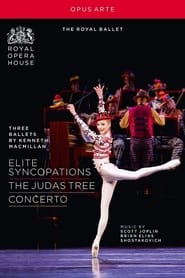 MacMillans vision has been vital in...
MacMillans vision has been vital in...Three Ballets by Kenneth MacMillan: Elite Syncopations/The Judas Tree/Concerto 2010
"MacMillan's vision has been vital in shaping The Royal Ballet's style and repertory, and what better way to appreciate his art than with this rare chance to experience three contrasting works in a single performance. Abstract, dramatic, humorous - this programme gives a wonderfully varied introduction not just to MacMillan's work but to the beauty and dramatic power of ballet itself. Concerto, to Shostakovich's Second Piano Concerto, contrasts moments of exuberance and elegiac reflection. The Judas Tree places a single woman among 13 men to enact a harrowing event that is recognizably contemporary but with biblical overtones. Elite Syncopations completes the programme with a sparkling evocation of a dance hall that brings ragtime rhythms to the dance, and a ragtime band to the stage.
